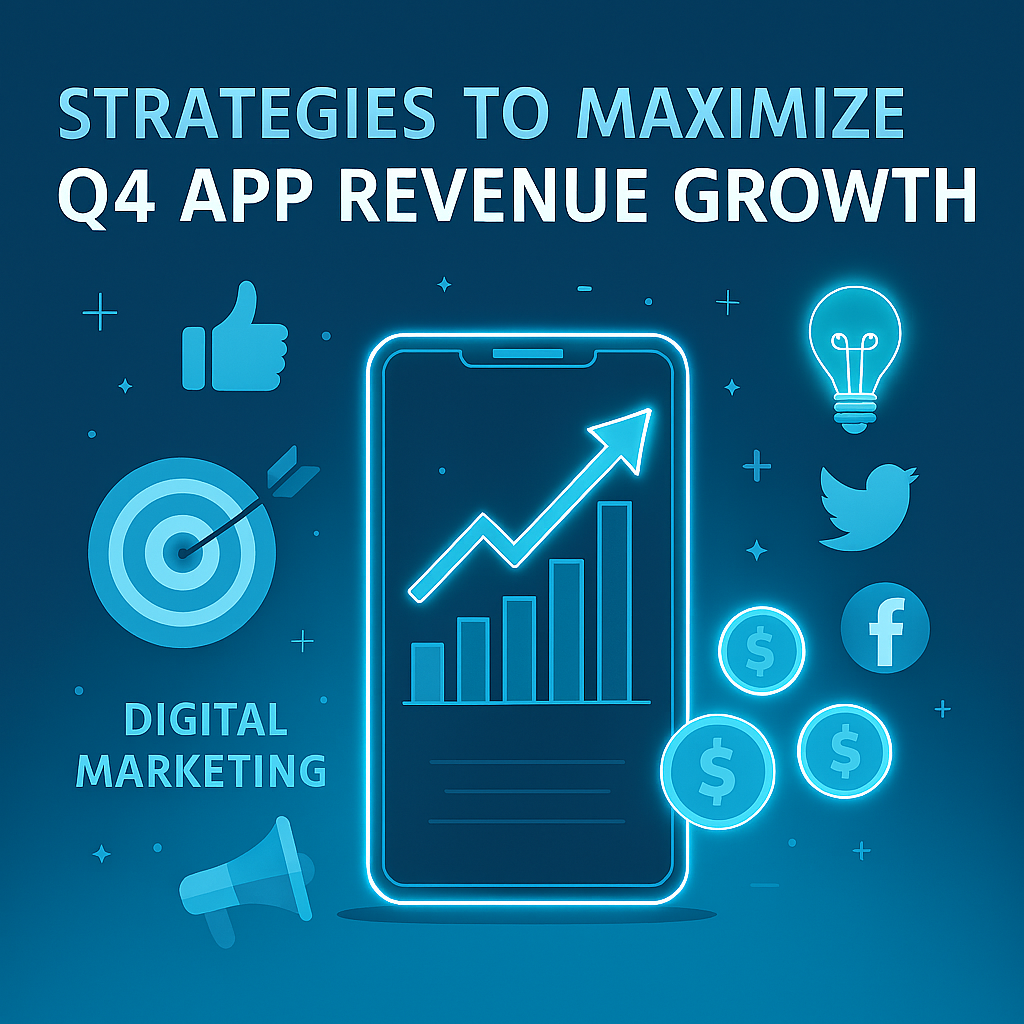Mobile user acquisition is a paid (and competitive) activity whose aim is to generate new users for your mobile service. The first step needed to count a new user in is to make him/her install your mobile app. Cost per install is the most common metric used to evaluate the cost of new installs. In this article we’ll try to define a formula that could be useful to measure Cost per Install in your mobile user acquisition strategy.
What is cost per install
Mobile user acquisition is the paid activity that generates new users for a mobile app. A new user is someone who installs and opens a mobile app. The cost per install is the equivalent cost paid by the app developer (the advertiser) to generate a new app install.
In mobile advertising the equivalent cost per install is the average cost paid by the advertiser to buy impressions and clicks that generate a new app install. So, Cost per Install is generally defined as an equivalent cost over a given period of time (for example, the equivalent Cost per Install in the last month).
Cost per install formula
Once you know the definition of Cost per Install it’s easy to come up with a formula to calculate the equivalent CPI for a given campaign. Here it is:

where:
- Total advertising spend is the cumulative cost of clicks and impressions paid by the advertiser for the given advertising campaign
- Number of installs is the actual number of new app installs generated during the given advertising campaign
Cost per Install is an equivalent cost, as the yield of this formula reflects an average cost for an advertising campaign.
Cost per install examples
Want some CPI examples? If you spent $2000 on video ads to generate 100,000 impressions and obtained 500 app installs, the average Cost per Install is:

Obviously some installs might cost more (and others less), so some optimization strategies might be useful to reduce the average CPI in a campaign.
There are various factors that determine the actual variations of CPI: as an example you can give a read to our analysis about Cost per Install by country with some actual values.
Cost per install VS ROAS
Cost per install is a widely used metric in mobile advertising. But often advertisers tend to think that a new install is not enough, as it doesn’t generate new revenue for them. In this case it is a good idea to use another metric, and usually we like to work with ROAS.
What is ROAS? it is defined as

where:
- Revenue from ads is the total revenue generated by the new installs obtained from the advertising campaign (from subscription, in app purchases, ..)
- Advertising spend is the total spend buying advertising spaces for the given campaign (same as defined above in the cost per install formula)
Why is ROAS more efficient than Cost per Install? ROAS is a parametric value that ties the cost per install to the revenues generated by the new installs. As you might easily guess, measuring the Cost per Install in terms of the revenue generated by the installs makes a lot of sense in terms of P&L.
Working with our clients we find ROAS more and more useful as an effective metric to measure the advertising activities.
Other useful KPIs and concepts in Mobile User Acquisition
Beside Cost per Install there are many others KPIs that should be carefully monitored while executing your mobile user acquisition strategy. Here is a short list of useful concepts and KPIs youo should know:
- ROAS, as we have already mentioned in this article, ROAS is the return on mobile advertising spend
- CPA, when the install is not enough, the equivalent cost per action is a metric that creates a bind between user acquisition cost and monetization
- Lifetime Value, the entire revenue coming from an app user during her whole cycle of life
- Affiliate marketing, is a kind of activity that relies on external partners to manage user acquisition campaigns that are paid exclusively on a performance basis.





















